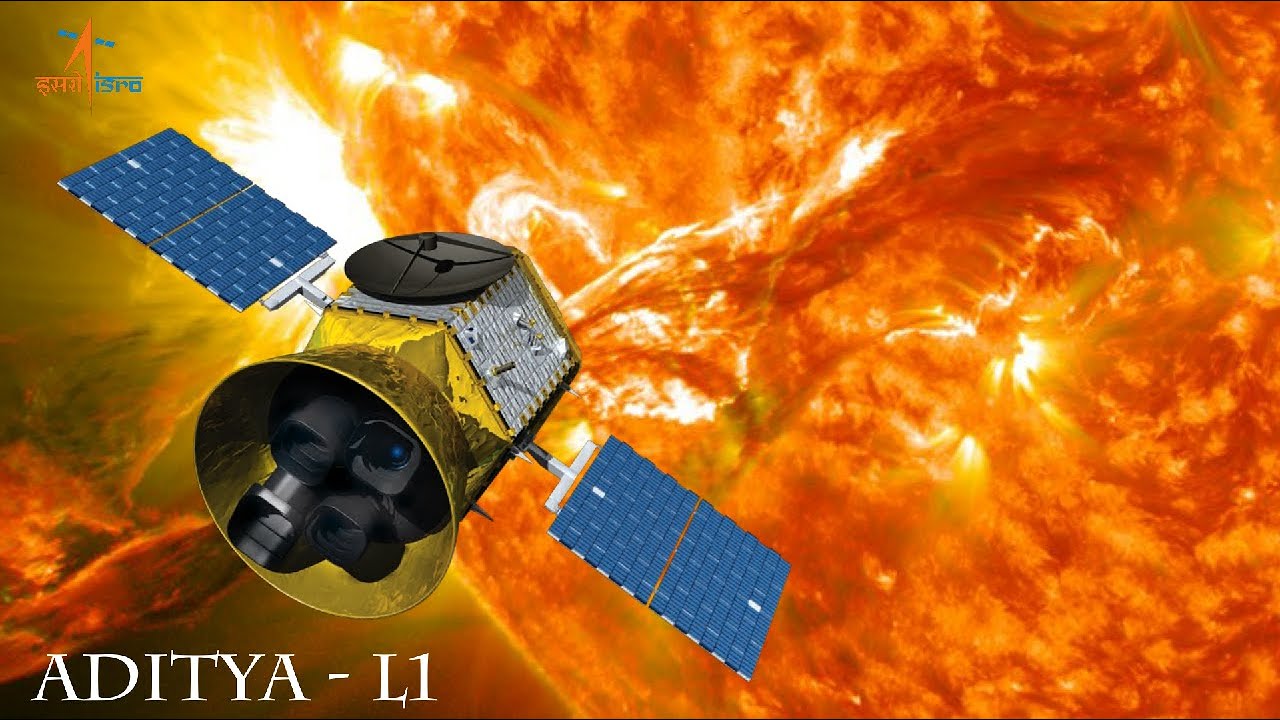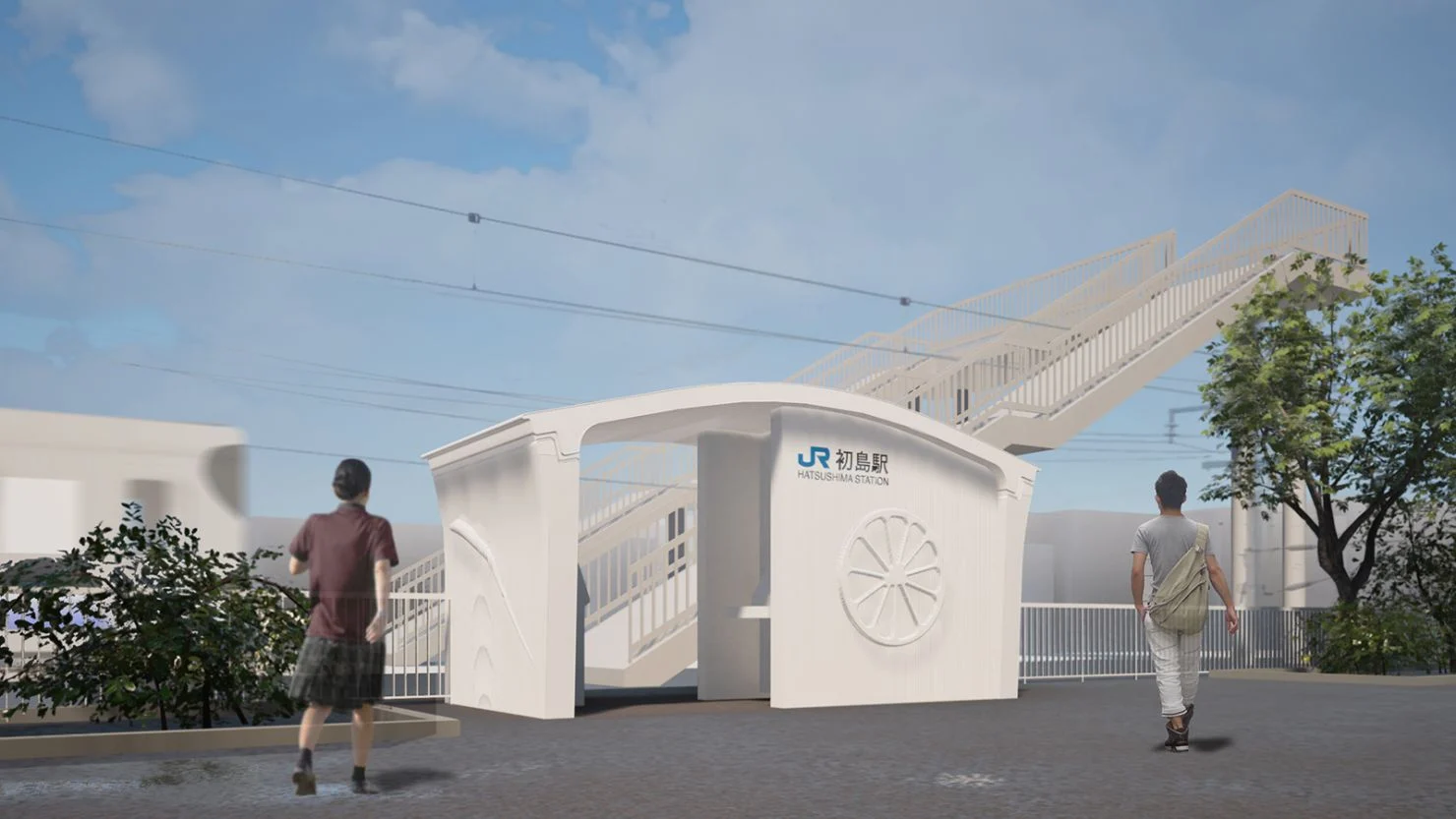The Indian Space Research Organisation (ISRO) is launching its first solar mission, Aditya-L1, to study the Sun. The mission will be placed in a halo orbit around the Lagrange point 1 (L1), which is about 1.5 million kilometers from Earth. From this vantage point, Aditya-L1 will be able to study the Sun’s atmosphere, magnetic fields, and space weather impacts.
Details of Aditya-L1
India’s first space-based mission to study the sun will observe solar activities and their effects on space weather in real time. The spacecraft shall be placed in a halo orbit around the Lagrange point 1 (L1) of the Sun-Earth system, which is about 1.5 million km from the Earth. A satellite placed in the halo orbit around the L1 point has an edge to continuously view the Sun without any occultation/eclipses.Carrying seven payloads, it will study the photosphere, chromosphere, and outermost layers of the Sun (the corona) using electromagnetic and particle and magnetic field detectors.
In addition, the suits of Aditya L1 payloads are expected to provide crucial information to understand the problems of coronal heating, coronal mass ejection, pre-flare and flare activities and their characteristics, the dynamics of space weather, propagation of particle and fields etc.
Mission Overview
Halo Orbit Placement: Aditya-L1 is designed to be positioned in a halo orbit around the L1 Lagrange point, ensuring a stable vantage point for continuous solar observations.
Launch and Deployment: The mission will be launched using the ISRO PSLV rocket from the Sathish Dhawan Space Centre SHAR (SDSC SHAR) in Sriharikota. The spacecraft will initially be placed in a low Earth orbit, which will then be transformed into an elliptical orbit before reaching L1 using on-board propulsion.
Cruise Phase and Halo Orbit: As the spacecraft journeys towards L1, it will exit Earth’s gravitational sphere of influence, marking the commencement of the cruise phase. Once at L1, it will enter a vast halo orbit around the Lagrange point.Mission Objectives
Solar Upper Atmospheric Dynamics: Aditya-L1’s primary objective is to study the dynamic behavior of the Sun’s upper atmosphere, including the chromosphere and corona. The mission seeks to understand processes like chromospheric and coronal heating, and the initiation of solar eruptive events.
Space Weather Impact: By observing solar activities and their impact on space weather in real-time, the mission aims to contribute to the understanding of solar events like coronal mass ejections (CMEs) and their influence on Earth’s space environment.
Particle and Plasma Environment: Aditya-L1 will provide valuable data on particle dynamics from the Sun, contributing to the study of solar wind, particle propagation, and the partially ionized plasma in the solar atmosphere.
- Payloads and Scientific Instruments
VELC (Visible Emission Line Coronagraph): This payload will focus on studying the corona through imaging and spectroscopy, along with observing coronal mass ejections.- SUIT (Solar Ultraviolet Imaging Telescope): SUIT will capture images of the photosphere and chromosphere, measuring solar irradiance variations and facilitating narrow and broadband imaging.
- SoLEXS (Solar Low Energy X-ray Spectrometer) and HEL1OS (High Energy L1 Orbiting X-ray Spectrometer): These payloads will study X-ray flares over a wide energy range, providing insights into the Sun’s X-ray emissions.
- ASPEX (Aditya Solar wind Particle Experiment) and PAPA (Plasma Analyser Package For Aditya): These instruments will analyze electrons, protons, and energetic ions in the solar wind, helping understand the solar particle environment.
Advanced Tri-axial High Resolution Digital Magnetometers: This payload will examine the interplanetary magnetic field at L1, revealing crucial information about solar magnetic dynamics.Unlocking the mysteries of the Sun
India’s Aditya L1 represents a significant stride towards understanding our sun’s intricacies and its far-reaching effects on our planet. Additionally, from improving space weather forecasting to contributing to climate research, this solar space observatory stands as a testament to India’s commitment to sustainable and innovative solutions.
Blog By: Priyanka Rana

16
AugADITYA-L1
Aug 16, 2023Recent Blog
The ITES-QApr 17, 2025
The UPI Circle Of PhonePeApr 16, 2025
Dangerous AI In HealthcareApr 15, 2025
Google’s Iron Wood ChipApr 14, 2025
World’s First 3D Printed Train StationApr 11, 2025




